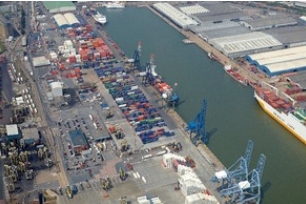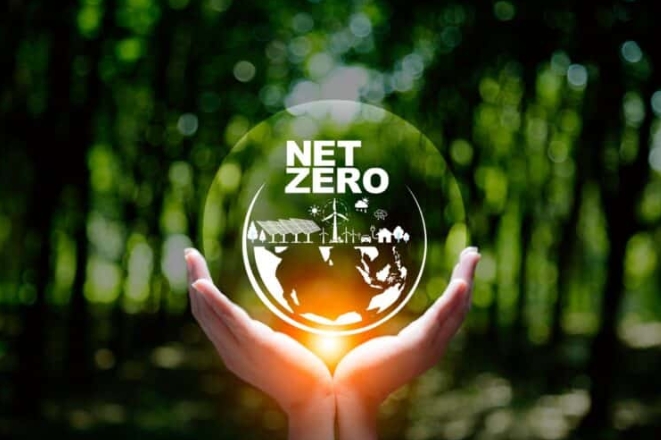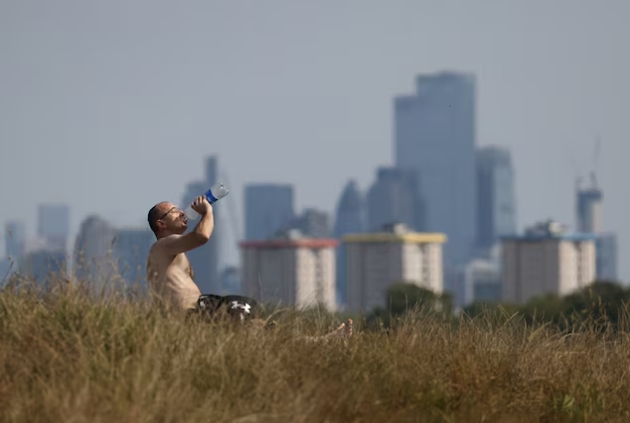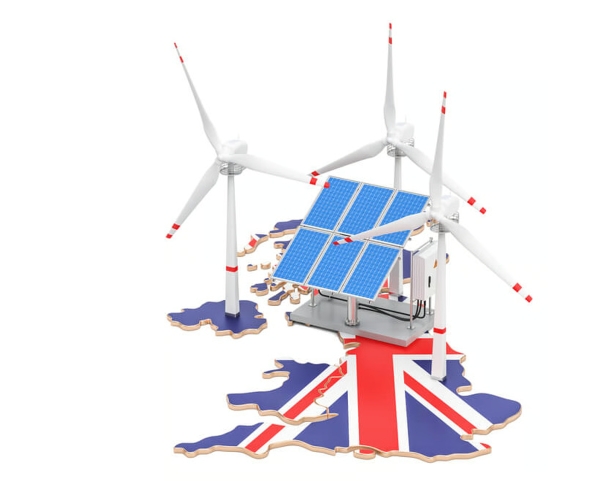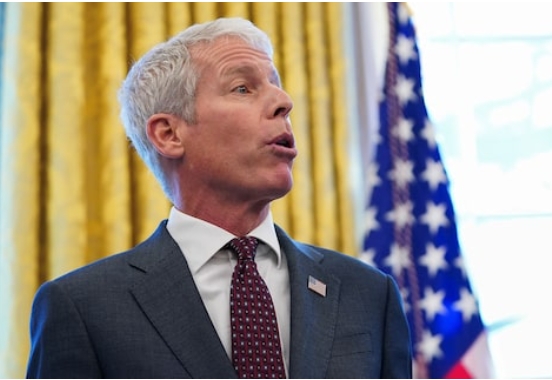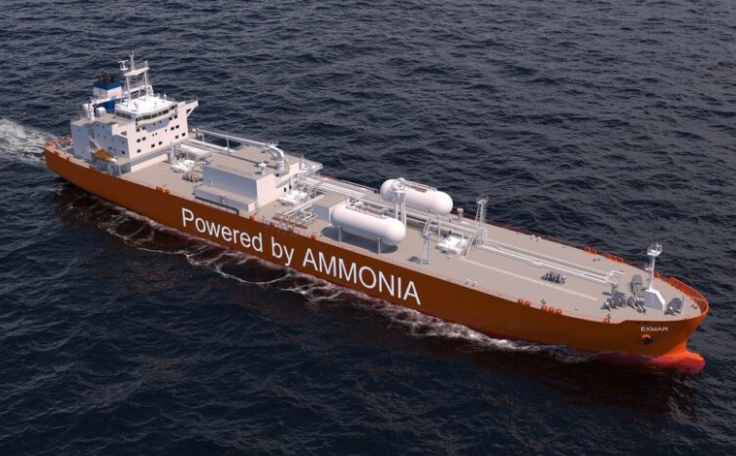The UK could reach net zero greenhouse gas emissions using only proven technology, without relying on the promise of future developments, says a new report from the Centre for Alternative Technology (CAT).

The report, Zero Carbon Britain: Rising to the Climate Emergency, models the changes to energy, buildings, transport, industry, diets and land use that could reduce energy demand by 60 per cent, provide 100 per cent renewable energy, and cut emissions from agriculture and industry whilst creating natural carbon capture through reforestation and peatland restoration.
This combination of ‘powering down’ energy use through increased efficiency and behaviour change, ‘powering up’ clean renewable energy supplies, and transforming land use could allow the UK to reach net zero greenhouse gas emissions without relying on as yet unproven technologies, such as carbon capture and storage or direct air capture.
Project coordinator Paul Allen said: “Relying on speculative future technology to get to net zero risks overshooting the remaining carbon budget, resulting in the very real possibility of global temperature rises of 2°C or more.
“By modelling a zero carbon scenario using only technology that is ready to be rolled out at scale, CAT’s research shows that there is no good reason to take this risk. We have the technology to combat climate change, and we can start today,” stated Allen.
Powering down energy use will see changes to buildings, transport and industry that could help to reduce UK energy demand by 60 per cent.
Buildings: Having high ‘Passivhaus’ standards for new buildings, retrofitting all existing buildings, and improving internal temperature control could reduce energy demand for heating by around 50 per cent
Transport: Reducing how much we travel, and changing how we travel – with more use of public transport, walking, cycling, switching to efficient electric vehicles and two thirds less flying – could reduce energy demand for transport by 78 per cent
In terms of powering up clean energy supplies, the report shows how it is possible to supply 100 per cent of the UK’s ‘powered-down’ energy demand with renewable and carbon neutral energy sources, without fossil fuels or nuclear.
Matching supply and demand
To ensure that energy is available at all times, CAT researchers looked at 10 years of real weather data to examine how much energy could be captured by renewable energy systems. By matching this to 10 years of energy demand patterns, adjusted to take account of the modelled energy savings, researchers were able to plan for possible shortfalls.
The hourly modelling shows a surplus of energy 74 per cent of the time, with energy provided at other times by shifting demand using smart appliances and by storing energy.
Batteries, pumped storage and heat storage can be used for short-term energy storage over hours or days, whilst hydrogen and carbon neutral synthetic gas (which can be dispatched quickly into the electricity grid when needed) can be used for long-term energy storage over weeks or months.
Finally, the report also explores how dietary change (particularly switching from meat and dairy to plant-based proteins), food waste reduction and improved agricultural practices could help with the transition to zero whilst providing a healthy diet for the whole UK population.
CAT CEO, Peter Tyldesley said: “CAT’s research shows how the UK could achieve net zero greenhouse gas emissions in a way that also helps improve our quality of life and enhances biodiversity. What’s now urgently needed is a UK Zero Carbon Action Plan with policy frameworks and large-scale investment to support the roll out of these solutions as quickly as possible.”
